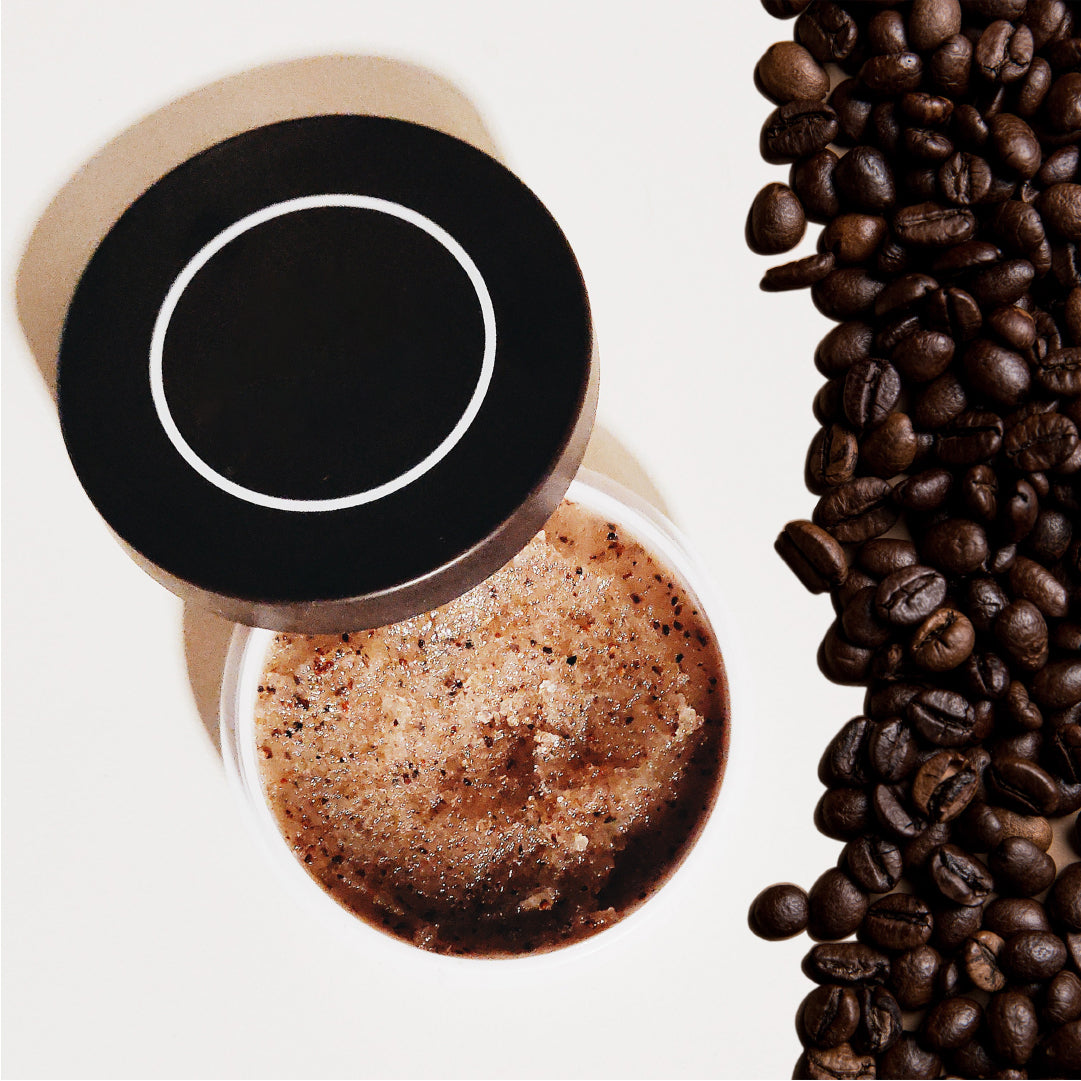Understanding the Difference Between Steaming and Frothing Milk

During conversations about the use of milk in gourmet coffee beverages, the words “steaming” and “frothing” are often used interchangeably. But in fact, steaming milk and frothing milk are two separate things. Steaming and frothing are both used to give the milk a lot of foam, but the methods and techniques involved are different — and experienced baristas are well aware of what goes into steamed milk versus what goes into frothed milk.
What is frothed milk?
Steaming milk involves exposing the milk to pressurized steam; frothing milk does not. And because of that lack of steaming, baristas describe coffee beverages that use frothed milk rather than steamed milk as “dry.” Frothed milk comes out foamy but not as watery, and because of its foamy texture, frothed milk keeps its shape. While frothing milk relies on aeration, steaming milk relies on heat. Frothed milk can be either cold or hot; steamed milk is always hot.
How to froth milk
It isn’t difficult to froth milk at home.
The key to frothing milk is to add air to it; the more air the milk is exposed to, the frothier and more foamy it will become. And there are many different options for frothing milk. One of the easiest, most efficient ways to froth milk at home is by using a handheld frother. These devices, typically, are compact, portable and battery-operated. But a somewhat more expensive alternative to a handheld frother is an electric stovetop frother, which can be operated simply by pushing a button.
However, one doesn’t necessarily have to use either a handheld battery-operated frother or an electric stovetop frother to froth milk at home. Any type of closed container can be used to froth milk. A blender is an option, and so is a French press.
One low-tech way to froth milk at home is to simply place the milk in an empty carton or jar and shake it aggressively. To use that low-tech frothing method, the milk will need a lot of room to move around inside the carton or jar. Shaking milk in a carton or jar that is 90% full isn’t going to create as much foam as shaking milk in a carton or jar that is only 10% full.
How is steamed milk different from frothed milk?
Steamed milk differs from frothed milk in that it is always hot and is slightly more watery. Foam is created by either frothing milk or steaming it. But while frothed milk has a thick foam, streaming milk creates a finer, more delicate type of foam — which experienced baristas call “microfoam.” Steaming milk creates very small air bubbles, and milk that has been steamed is heavier and acquires a velvety texture. Steamed milk is used in a variety of coffee beverages, from café lattes to hot chocolate to café mochas to French-style café au lait.
When it comes to steaming milk versus frothing milk for a coffee beverage, one doesn’t automatically rule out the other. A cappuccino is a perfect example of an ultra-popular beverage that uses both steamed milk and frothed milk in its preparation. A cappuccino requires a lot of thick foam; a cappuccino doesn’t feel like a cappuccino without that layer of thick foam on top, but steaming is also an important part of what gives a cappuccino its distinctive taste.
EspressoWorks’ espresso machine includes a built-in frother and steamer, which makes frothing or steaming milk easy and efficient. The EspressoWorks option for frothing or steaming milk offers the best of both worlds: simplicity and ease of use, but also, state-of-the-art results.
How to steam milk
Milk is typically steamed by using a steam wand. Some espresso machines have their own steam wands, but milk can also be steamed by using a stand-alone steam wand separately. Either way, one should steam milk by placing the steam wand just underneath the surface of the milk. The wand should not be placed deep into the milk, but rather, right underneath the milk’s surface.
Although cow’s milk is typically used to steam or froth milk at home, other types of milk can be used instead — from soy milk (either regular or vanilla) to coconut milk to almond milk to macadamia nut milk. How well milk other than cow’s milk works for frothing or steaming depends, in part, on the quality of the brand.
Anyone who works as a professional barista in a café or coffee bar will spend a lot of time frothing milk as well as streaming milk — and if baristas are preparing a cappuccino, they will be doing both. There is an art to frothing milk, just as there is an art to steaming milk. And both methods can be used to create delicious gourmet coffee beverages.






